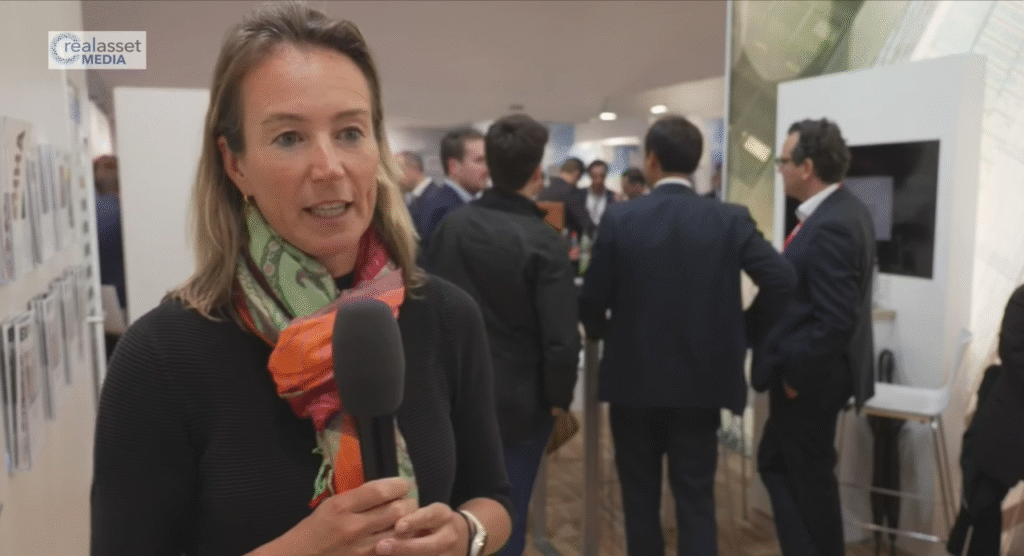Stability is a key demand driver for residential in Europe
The residential market remains the hottest investment segment across Europe, according to Britta Roden, head of research for real assets at Swiss Life Asset Managers, speaking to Real Asset Media at EXPO Real 2025.
“The residential market is the hot topic in terms of investment right now across Europe,” she said. “It’s the one segment that’s stable across any type of geopolitical risk, across any interest rate changes. This segment is stable in terms of demand. So, this is where investors want to go.”
Roden said global investors are increasingly recognising the appeal of the European living sector. “The major change I see is that now there are other investors from across the globe discovering the stability,” she said. “So, there is money inflowing from the Middle East, from the US, and also from Asia, which is interested in the European living sector. The stability in European residential real estate really lies in the stability of our economies and of our political framework.”
She added that the predictability of Europe’s political systems provides reassurance for long-term capital. “So, there won’t be any major surprises. No matter who wins an election, we’re still all democratic, which means you can rely on politics. And that makes the segment very stable for investors.”
From a demand perspective, Roden said the migration towards Europe’s key urban centres will remain strong. “From a demand perspective, there’s always an inflow towards the major cities, towards the economic powerhouses in Europe, so you will always have tenant demand,” she said. “I certainly expect this trend to continue, especially since we don’t see the housing developments that we would need to accommodate all these new people coming into the cities.”
She noted that new opportunities are emerging in markets that historically had higher ownership rates. “The hardest investment prospects in terms of European living are the countries which have not previously had a large tenant base.”
“So, there are markets where people usually used to buy property, where occupiers now can’t afford to buy anymore at the higher interest rates. So, there you see increasing tenant rates, or more and more people decide to rent instead of buy, and those are the markets that are growth markets for investors.”



